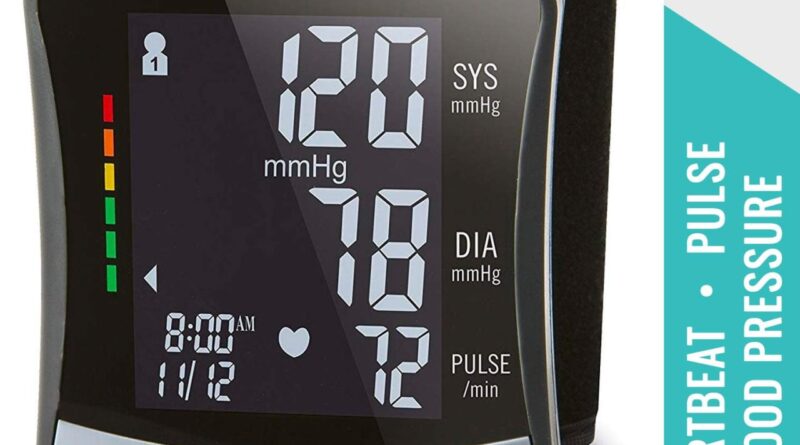Wrist Monitors With Heart Rate Tracking: A Comprehensive Guide
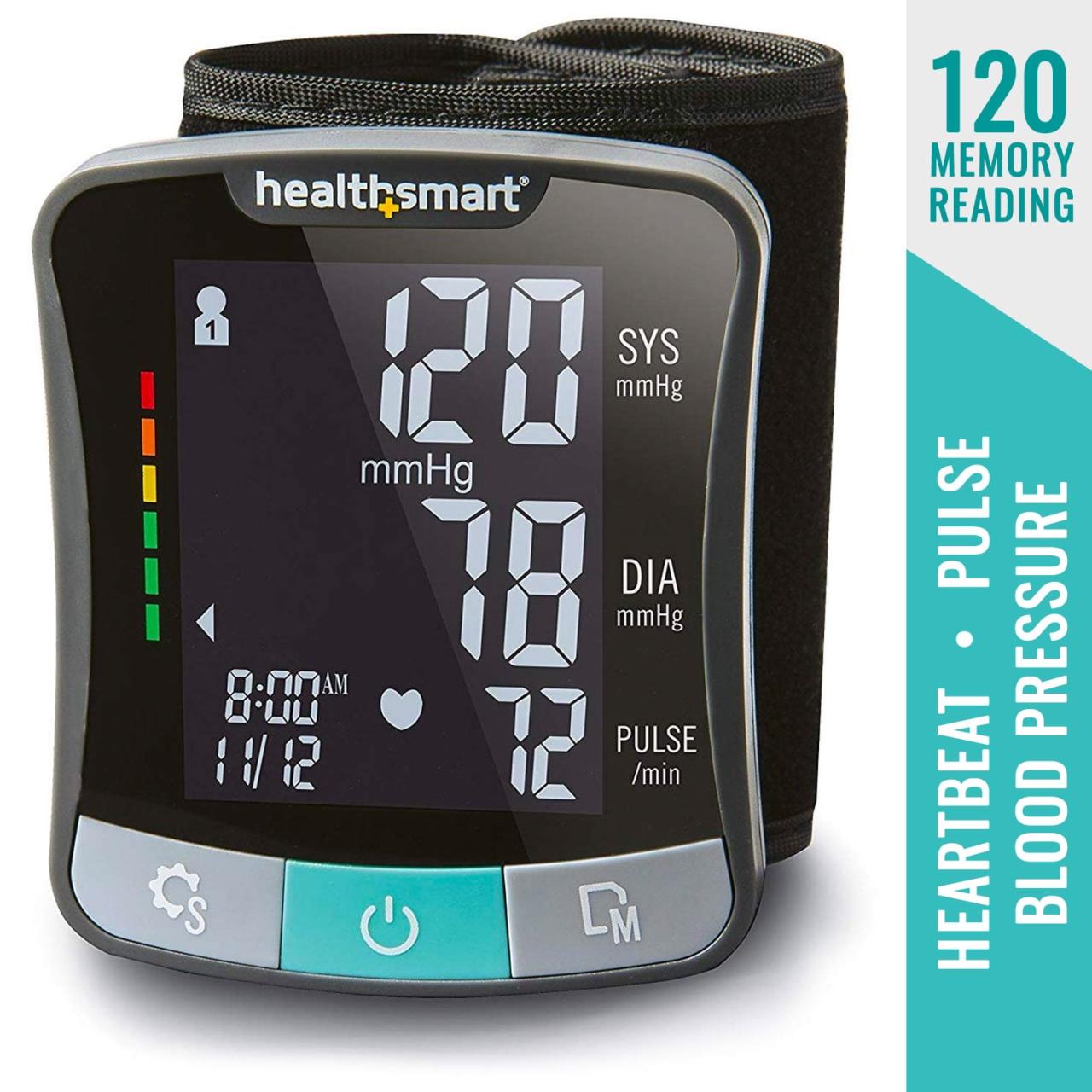
Wrist Monitors with Heart Rate Tracking: A Comprehensive Guide
Introduction
Wrist monitors with heart rate tracking have become increasingly popular in recent years, offering a convenient and accessible way to monitor your heart health. These devices provide real-time data on your heart rate, allowing you to track your fitness progress, detect potential health issues, and make informed decisions about your overall well-being.
Types of Wrist Monitors with Heart Rate Tracking
There are various types of wrist monitors with heart rate tracking available, each with its own unique features and capabilities. Here are some of the most common types:
- Optical Heart Rate Monitors: These monitors use light sensors to measure blood flow through your wrist. They are typically found in fitness trackers and smartwatches.
- Electrical Heart Rate Monitors: These monitors use electrodes to measure the electrical activity of your heart. They are more accurate than optical heart rate monitors but require a chest strap or other contact with your skin.
- Hybrid Heart Rate Monitors: These monitors combine optical and electrical heart rate tracking for increased accuracy.
Benefits of Using a Wrist Monitor with Heart Rate Tracking
There are numerous benefits to using a wrist monitor with heart rate tracking, including:
- Track Fitness Progress: Heart rate tracking can help you monitor your fitness progress and optimize your workouts. By tracking your heart rate during exercise, you can determine your target heart rate zones and adjust your intensity accordingly.
- Detect Health Issues: Wrist monitors can help detect potential health issues, such as arrhythmias, high blood pressure, and sleep apnea. By monitoring your heart rate over time, you can identify any irregularities that may require medical attention.
- Improve Sleep Quality: Some wrist monitors offer sleep tracking features that can help you monitor your sleep patterns and identify areas for improvement. By tracking your heart rate during sleep, you can determine the quality of your sleep and make adjustments to your sleep routine.
- Convenience and Accessibility: Wrist monitors are convenient and accessible, allowing you to track your heart rate anytime, anywhere. They are typically small and lightweight, making them easy to wear throughout the day.
Features to Consider When Choosing a Wrist Monitor with Heart Rate Tracking
When choosing a wrist monitor with heart rate tracking, there are several key features to consider:
- Accuracy: The accuracy of the heart rate monitor is crucial. Look for monitors that have been validated by independent organizations, such as the American Heart Association.
- Comfort: The monitor should be comfortable to wear for extended periods. Consider the size, weight, and material of the band.
- Battery Life: The battery life of the monitor is important, especially if you plan to use it frequently. Look for monitors with long battery life or quick charging capabilities.
- Additional Features: Some wrist monitors offer additional features, such as GPS tracking, sleep tracking, and notifications. Consider which features are important to you before making a decision.
How to Use a Wrist Monitor with Heart Rate Tracking
Using a wrist monitor with heart rate tracking is relatively simple. Here are the general steps:
- Charge the Monitor: Before using the monitor, make sure it is fully charged.
- Wear the Monitor: Wear the monitor on your wrist, ensuring that it is snug but not too tight.
- Start Tracking: Most monitors have a button or gesture to start tracking your heart rate.
- View Data: The monitor will display your heart rate in real-time. You can also view historical data through the companion app.
Tips for Getting Accurate Heart Rate Readings
To ensure accurate heart rate readings, follow these tips:
- Wear the Monitor Correctly: The monitor should be worn on your wrist, just above your wrist bone.
- Avoid Movement: Keep your wrist still while taking a reading.
- Stay Hydrated: Dehydration can affect heart rate readings.
- Avoid Caffeine and Alcohol: Caffeine and alcohol can temporarily increase heart rate.
- Consider Your Environment: Extreme temperatures and high altitudes can affect heart rate readings.
Conclusion
Wrist monitors with heart rate tracking are valuable tools for monitoring your heart health and fitness progress. By choosing a monitor that meets your specific needs and following the tips for accurate readings, you can gain valuable insights into your heart health and make informed decisions about your overall well-being.
5 Best Wrist Monitors with Heart Rates
1. Omron Evolv Wireless Upper Arm Blood Pressure Monitor
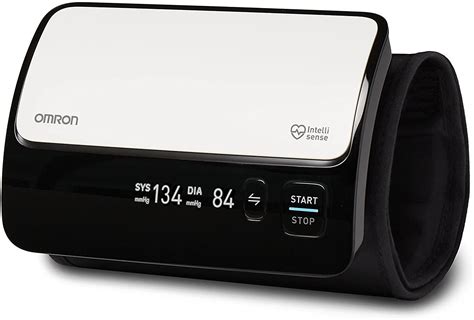
- Tracks blood pressure and heart rate
- Wireless connectivity for easy data sharing
- Large, easy-to-read display
- Comfortable cuff design
2. Withings BPM Connect Smart Blood Pressure Monitor
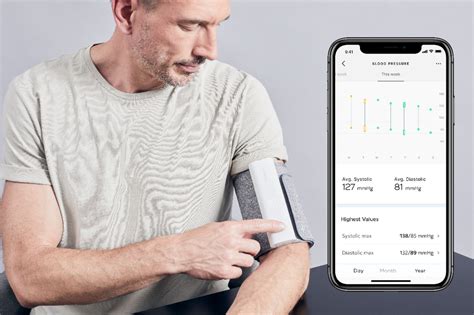
- Measures blood pressure, heart rate, and body composition
- Syncs with the Withings Health Mate app for tracking and analysis
- Sleek and compact design
- Easy to use
3. QardioArm Wireless Blood Pressure Monitor
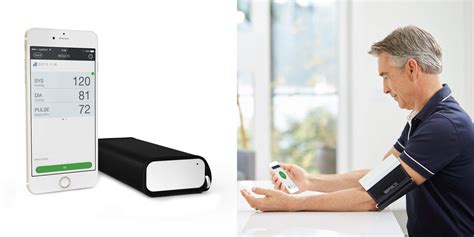
- Wireless connectivity for easy data sharing
- Tracks blood pressure and heart rate
- Compact and portable design
- Easy to use
4. iHealth Track Wireless Blood Pressure Monitor
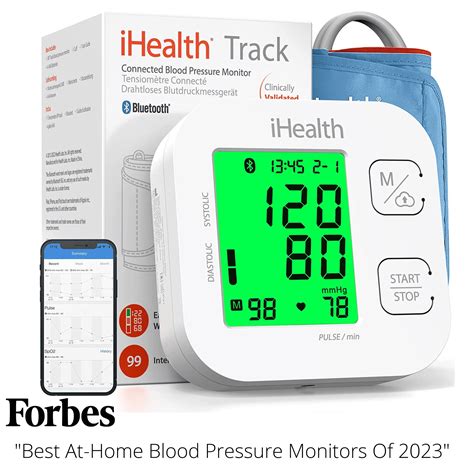
- Tracks blood pressure and heart rate
- Wireless connectivity for easy data sharing
- Large, easy-to-read display
- Comfortable cuff design
5. Braun iCheck 7 Wireless Blood Pressure Monitor
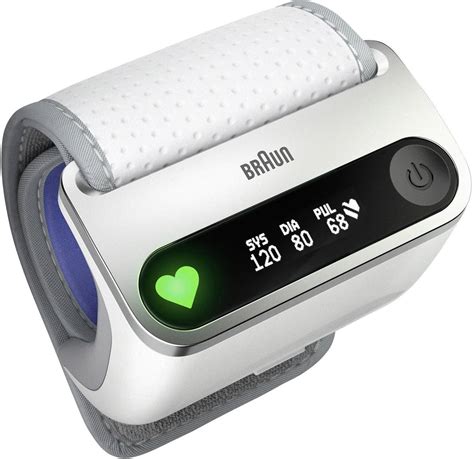
- Tracks blood pressure and heart rate
- Wireless connectivity for easy data sharing
- Large, easy-to-read display
- Comfortable cuff design
